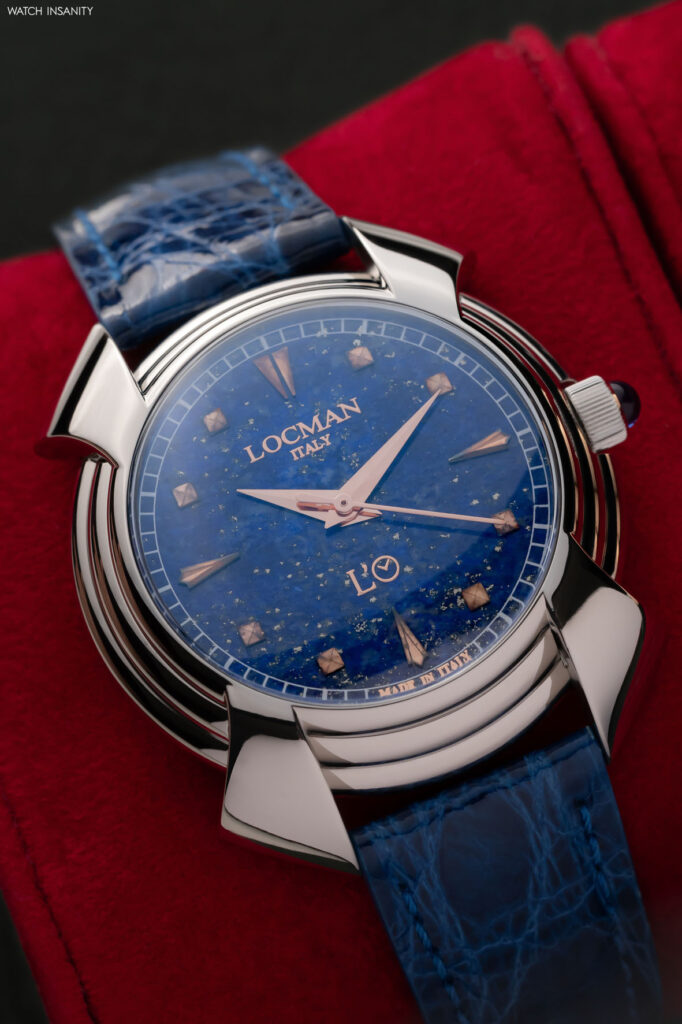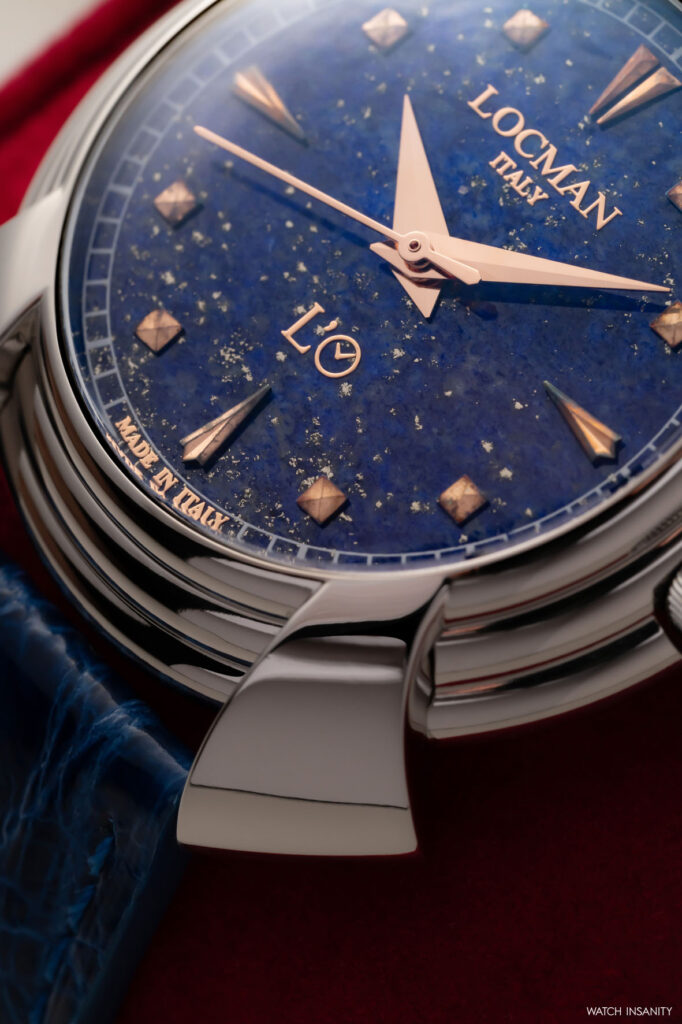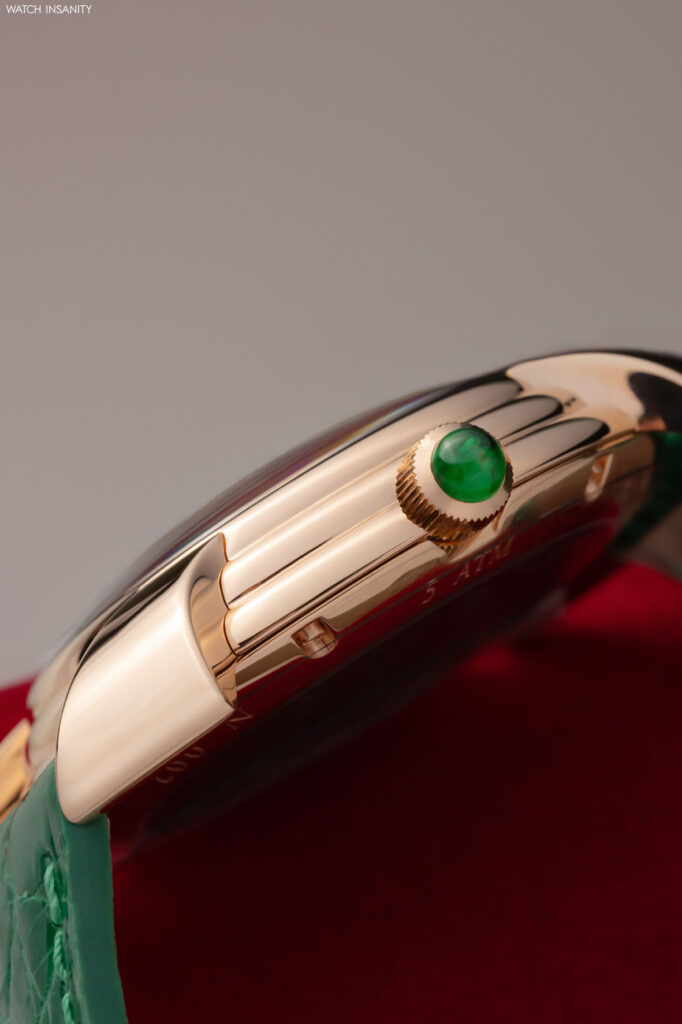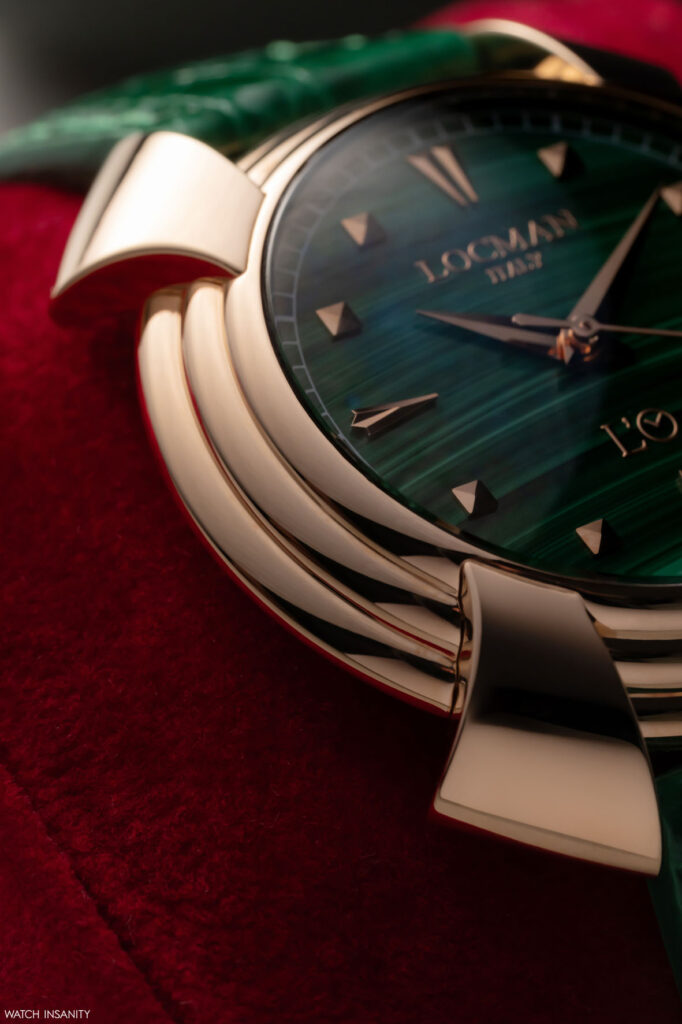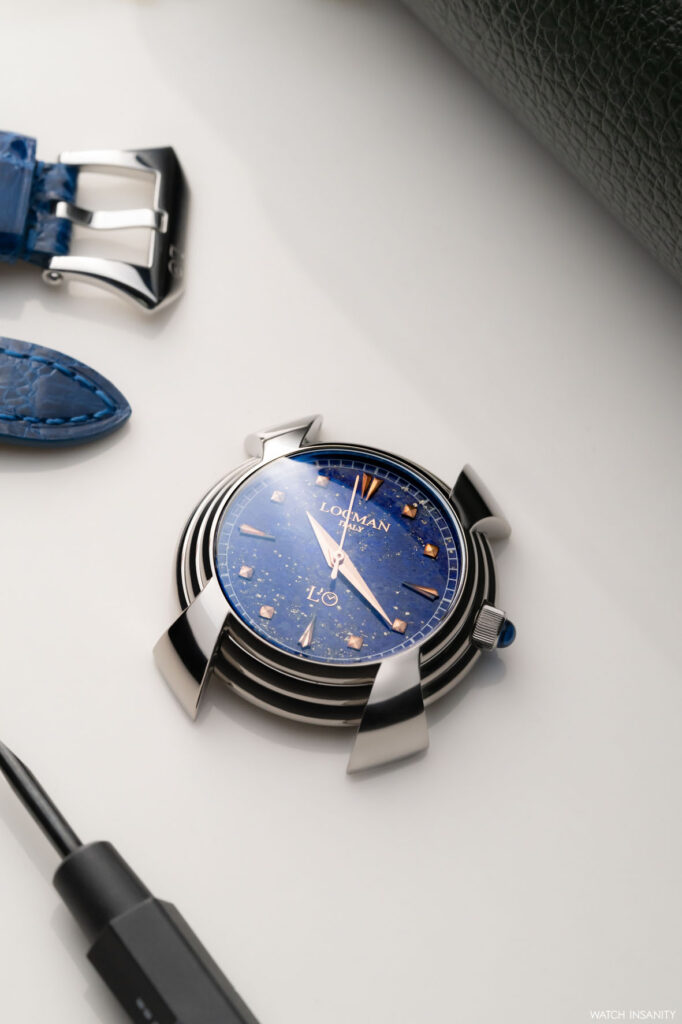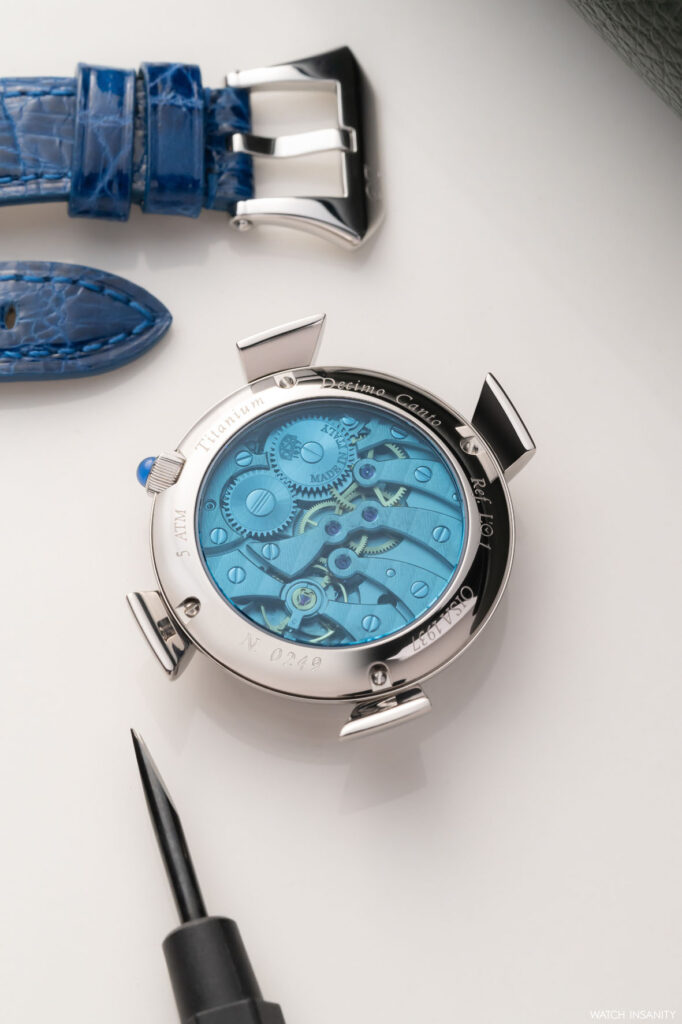Locman X Decimo Canto: premium watches Made in Italy
20 May 2024Here’s a question we often hear: is Italian watchmaking playing in a different league than the Swiss industry? The answer is not so trivial. It is obvious and historically established that Switzerland, with its dedicated districts – and first and foremost the one in Geneva – has the most integrated, structured and technologically advanced supply chain in the world when it comes to mechanical watchmaking, particularly in the top- and very-top-of-the-range segments. Having said that, top-level Italian watchmaking does play in the same league, as it is an integral part – again, historically – of the Swiss supply chain. Meaning that most of the components of a high-end Swiss watch – from the case to the bracelets or straps, etc. – may have been produced in Italy by independent suppliers. This has been happening for decades and will probably continue to happen as long as high-end Swiss watchmaking exists. Without naming anyone, for example: the natural stones used on dials by the most important players in the watchmaking world – yes, even the one you are thinking about right now – come from a vendor based in Lombardy.
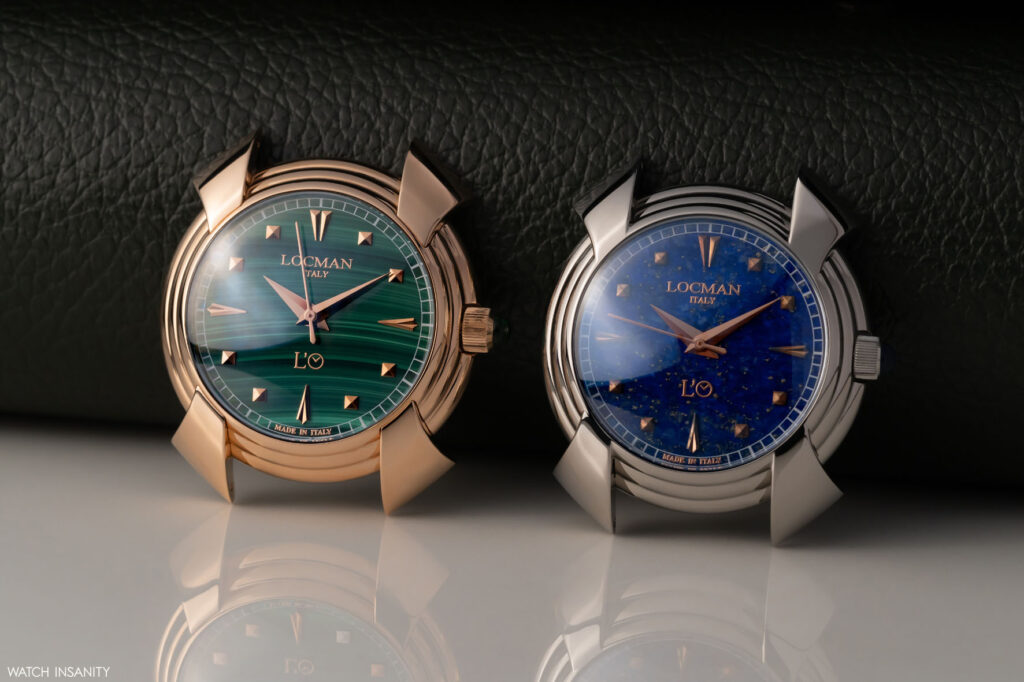
EVERYTHING, EXCEPT MOVEMENTS… UP TO THE OISA CINQUE PONTI
After this necessary premise, it must also be said that this is how things work, except when it comes to movements. There have been and still are rare exceptions (the old and the new OISA being one of them), but in Italy there has never been a consolidated movement industry. So much so that the only two true high-end brands who have been able to challenge their Swiss cousins – Panerai first and Bulgari later, when it was still owned by Italians – have always used Swiss movements in their watches. And so much so that the many outstanding Italian watchmakers – above all the Italian master watchmakers Giulio Papi and Luca Soprana – have to work in Le Locle and Vaumarcus in order to create absolute excellence and win watchmaking GPs in Geneva.
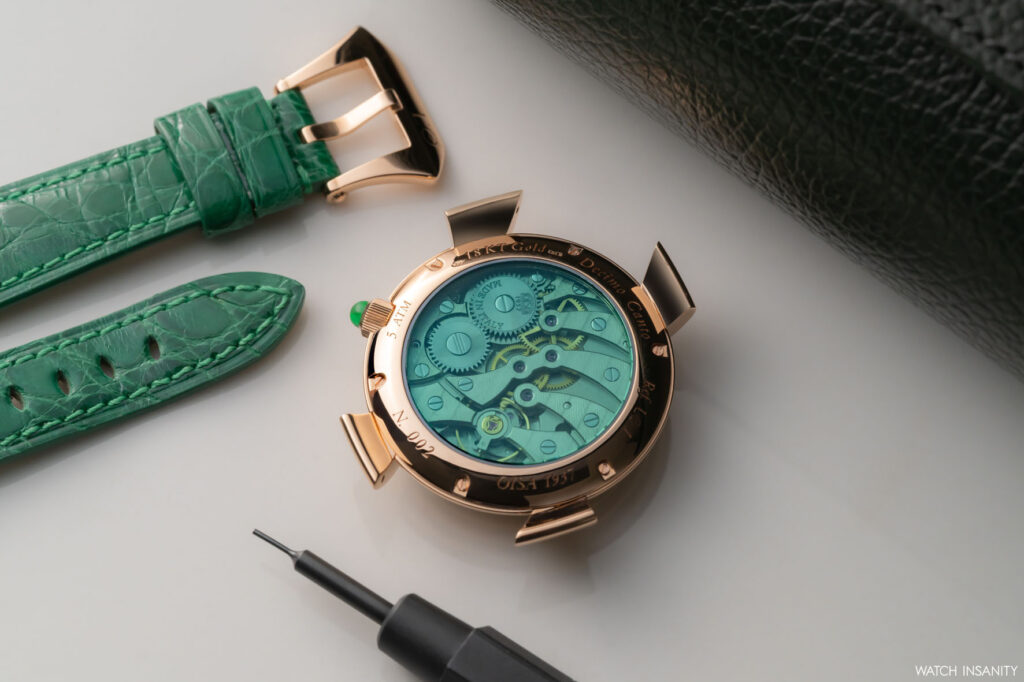
But Italy, far more than strict Switzerland, has genius, creativity and dreamers’ romanticism in its favour. Our friend and Locman founder Marco Mantovani – together with other actors of the recent rebirth of the OISA 1937 Manufacture – wanted to fill this gap once and for all: that’s why he created the now famous OISA Calibre 29-50 Cinque Ponti. An ultra-thin hand-wound mechanical movement with 13 lines, a diameter of 29.50 mm and a thickness of 3.50 mm. Mounted on 19 jewels and made of brass, it is the true incarnation of the Made-in-Italy spirit, with impeccable high-end features: handmade Côtes de Genève on the bridges and Perlage on the plate; adjustment with counterweights on the balance; 60-hour power reserve and daily chronometric tolerance of +/- 10 seconds; and, above all, such aesthetic beauty, thanks to the separate bridges of absolute high level, with premium finishes (which can also be customised on request).
DREAMER MEETS DREAMER: THE TENTH CANTO CONCEIVED WITH SANDRO FRATINI
Marco Mantovani has also a great driving force. Starting from the idea that the mechanical watch was already known and used in Italy in the 14th century, as Dante recounts in the Divine Comedy (precisely in the 10th Paradiso Canto, in reference to the church bells that marked the canonical hours), he convinced another wonderful dreamer and friend of ours, the Florentine Sandro Fratini – the world’s biggest collector of vintage watches and founder of the L’O hotel chain – to imagine with him a watch inspired by memorable people of the Renaissance, such as Filippo Brunelleschi, Leonardo Da Vinci and Galileo Galilei. Sandro accepted enthusiastically, obviously, and the result is this delightful 38 mm-diameter watch: the Decimo Canto by Locman X – with the X standing for the luxury segment of the brand from Elba – in partnership again with the OISA 1937 manufacture which provided the movements.
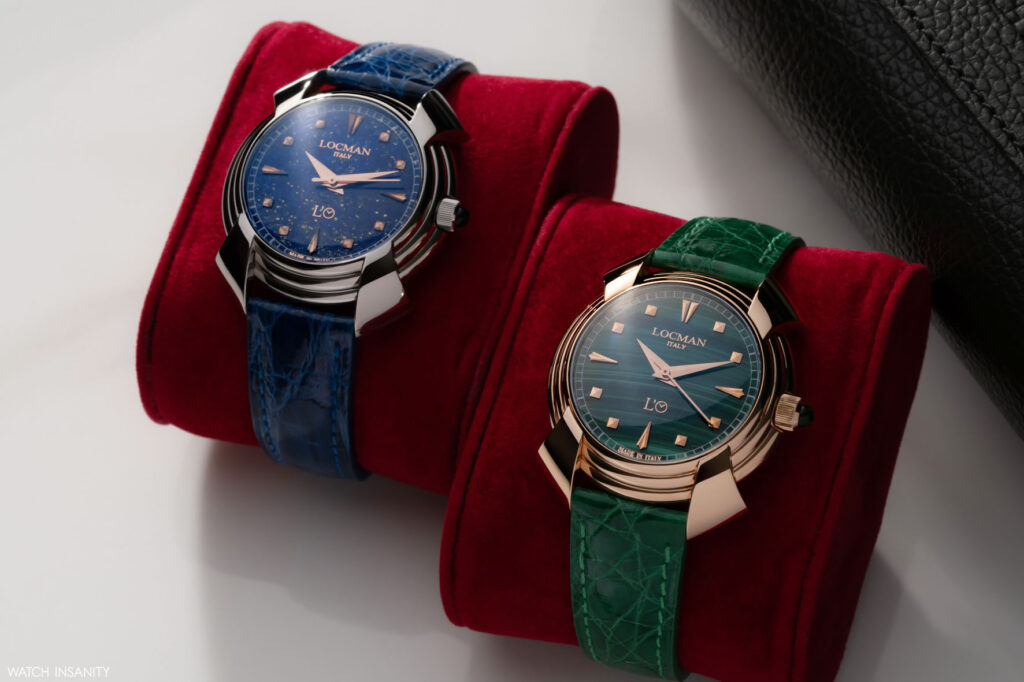
Let us come to the technical-aesthetic characteristics. The case with three flounces – a tribute to the three cantiche of the Divine Comedy – comes in two versions: in gold (with a leather strap matching the dial) or in polished titanium (with a leather strap, matching the dial as well, and a super-finished polished titanium bracelet). The four lugs embrace the case, running harmoniously up to the strap and emphasising the three-dimensional originality of the overall design. The crown, with its internal o-ring seal, guarantees water resistance up to 5 atmospheres and is decorated with a stone that also recalls the dial’s material.
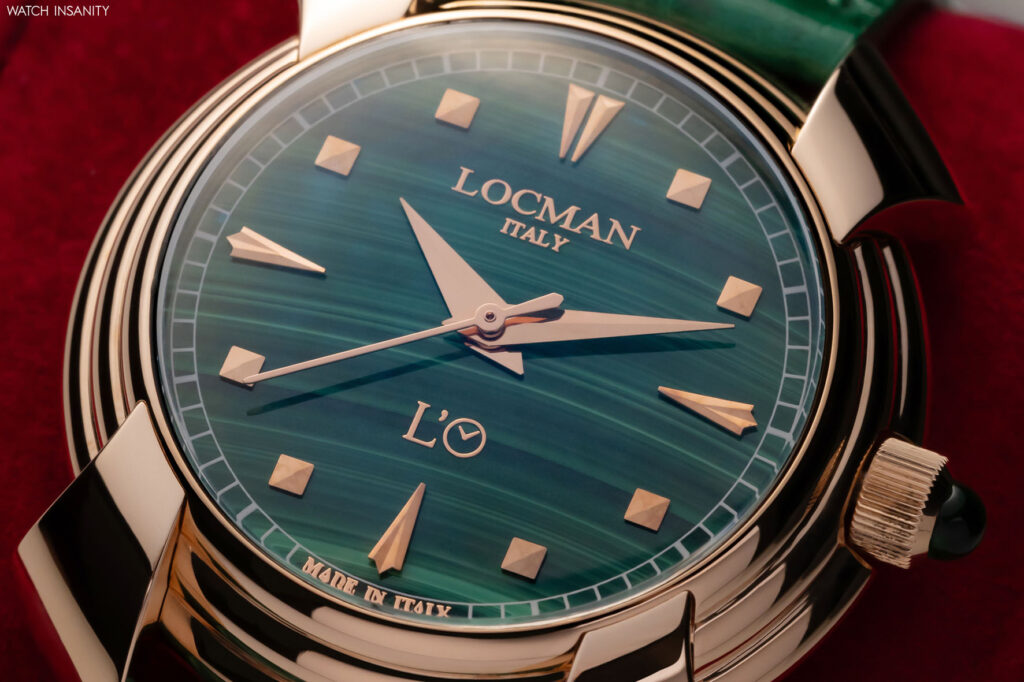
Completing the overall aesthetics with a classy touch: the dials in mother-of-pearl, lapis lazuli, malachite, tiger’s eye, red jasper and turquoise – all natural hard stones, making each timepiece unique. And for those who might not be satisfied, more precious versions also exist, such as the aforementioned gold case model and the one with natural white diamonds – provided by the Italian jeweller Crivelli, excellence of international high-end jewellery – set on the dial and on the case lugs (also available in titanium). A further noteworthy detail on the Oisa Cinque Ponti is the sapphire crystal on the case back. In fact, it has a colouring – faint, but nonetheless allowing an great view of the movement – always matching the colouring of the dial. And, here too, Sandro Fratini’s contribution to the design is obvious because mother-of-pearl, lapis lazuli, malachite, tiger’s eye, red jasper and turquoise are the natural hard stones he prefers.
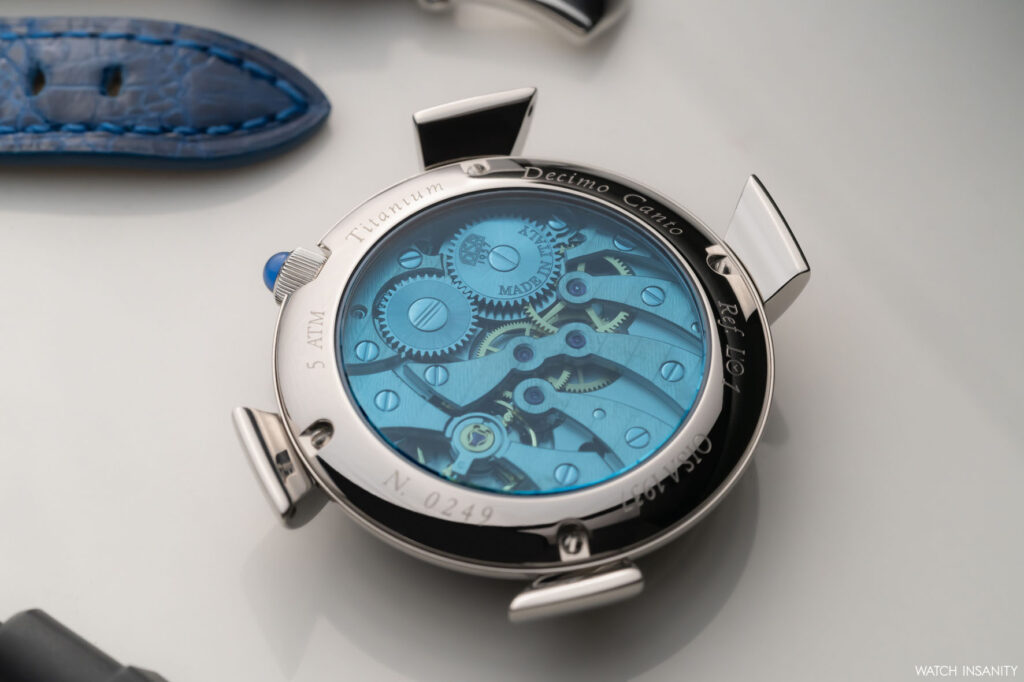
The price list? They start at 5,950 euros for the titanium version and 6,950 euros for the variant with natural white diamond indices, and go up to 19,800 for the gold case model and 21,000 euros for the gold and diamond indices version. Figures that are entirely up to the project’s value, not least because the Locman X Decimo Canto, with its harmonious look, water-resistance and the sporty lightness of titanium combined with the elegance of the leather straps, is undoubtedly a watch suitable for all occasions.
By Michele Mengoli

